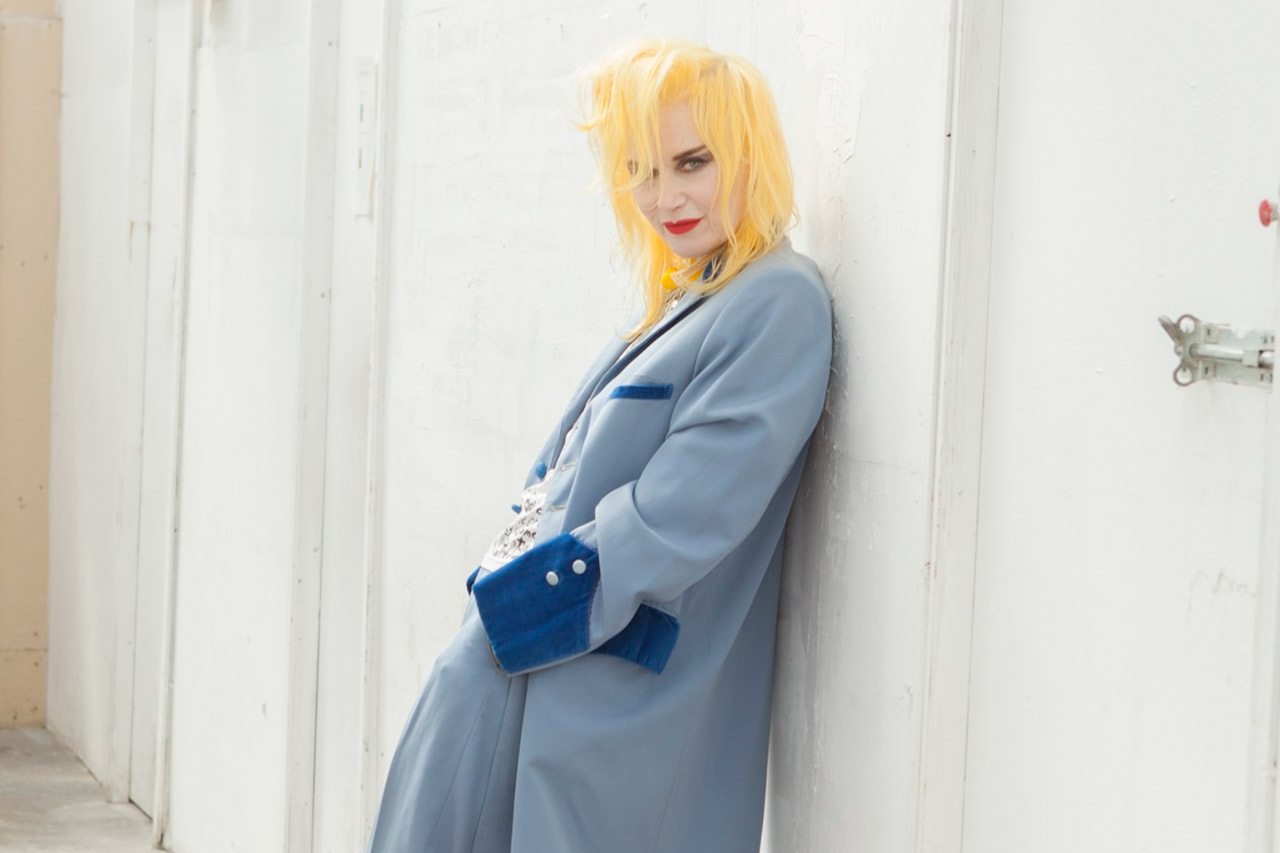Artist Pam Hogg on Paisley: The Pattern & Town
Anastasia Bernhardt talks to the artist...
This post may contain affiliate links. Learn more
As Paisley makes its bid to become the UK City of Culture 2021, we ask Paisley-born artist Pam Hogg her thoughts on the iconic pattern.
What is your earliest memory of Paisley (the town)?
I was born in Paisley and lived there for two months before we moved to Renfrew, a few miles east. I returned in my early teens though, as I got good enough grades to enrol at John Neilson High School. I travelled to Paisley for two years before changing schools when my family moved to Bearsden in Glasgow, but I’ve got great memories, especially of the lunch time cruises down the high street looking for new ways to spend our lunch money. I also spent a lot of time in Paisley Museum.
Do you still feel a connection to the town and why?
It’s just a small part of my youth, but the memory is strong as my grandmother and grandfather lived there and I’d visit them every chance I could. The route was a great walk past the amazing Paisley thread mills.
Favourite paisley pattern you own and why is it important to you?
I don’t currently own anything with the pattern, but I made a coat in the 80s from a fine pile dark velvet with a wonderful paisley design, I’d always wished I’d had enough money at the time to buy the whole roll. I hope to print or weave my own versions one day.
Why is the pattern of so much importance to the town?
It’s an iconic design. I remember seeing it as a child in the 60s, the bands I loved at that time wore paisley pattern shirts, I think that was my first introduction. Its roots have been traced back to Persia, but Paisley made it prominent and accessible all around the world.
How would you use the pattern in your home?
I’d love to design furnishings, wallpaper and carpeting incorporating the Pattern, but it’s such an amazing design that it could be used for anything.
How would you wear it?
I’m always searching for men’s second-hand skinny shirts with paisley pattern. It’s back to memories of my youth but I could wear them forever.
What do you think has been the town’s biggest cultural contribution?’
Three amazing places, the museum, the thread mills and the Abbey.
What does ‘punk’ mean in 2017?
The term punk has been over used and for those who lived it, it just means tedious repetition and lazy copying, the complete antithesis of its origins, especially as it was so heavily criticised at the time by the bodies who now embrace it. For those incredible short years 40 years ago it was fast and furious and spontaneous and full of life and about doing what you want. Attitude to further change and revolution against the norm is what its legacy should be. Unfortunately, it’s just a meaningless rehash that we see today. It’s time for something new to happen as there’s plenty to react against. Punk was for its time, it was a revolution.
What do you most want to be remembered for?
I hope it’s for being myself against the odds, not conforming to the status quo when my ideas and attitudes exceed the restrictions of normal society.
MORE CULTURE: RHS Chatsworth Flower Show: Design Q&A with Jo Thompson / The C&TH Festival Guide 2017 / A Guide to Hull: UK City of Culture

